Milk frother vs steam wand – which is best for frothy coffee?
Baristas answer whether there's a set way to make a creamy cappuccino and a layered latte
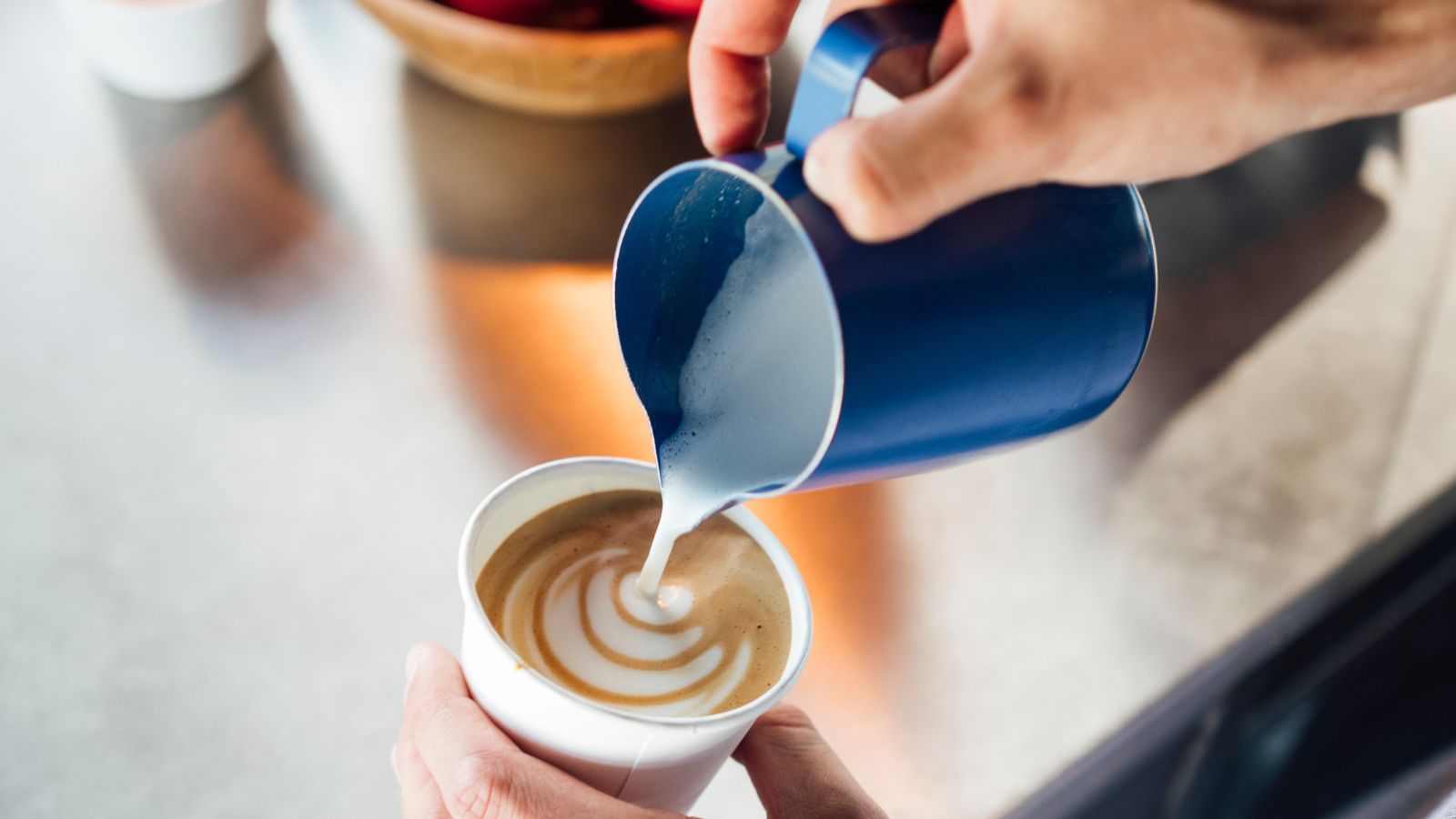

Steamed milk is crucial if you want to make café-quality lattes and cappuccinos from the comfort of your kitchen. You can choose to use a steam wand (often attached to espresso machines) or a dedicated milk frother. The results are similar, but the processes are quite different.
As a barista and H&G's coffee expert, I'm here to help you decide between milk frothers and steam wands. I'll answer your burning questions: are they the same, what are the differences, and which is better? I've spoken with baristas and coffee experts to get their take on the steam wand vs milk frother debate too.
Once you've settled on your go-to, I have advice on which ones to shop. I've tested over seventy of the best milk frothers and the best espresso machines, so you're in good company for all milk frothing content.
Is a milk frother the same as a steam wand?
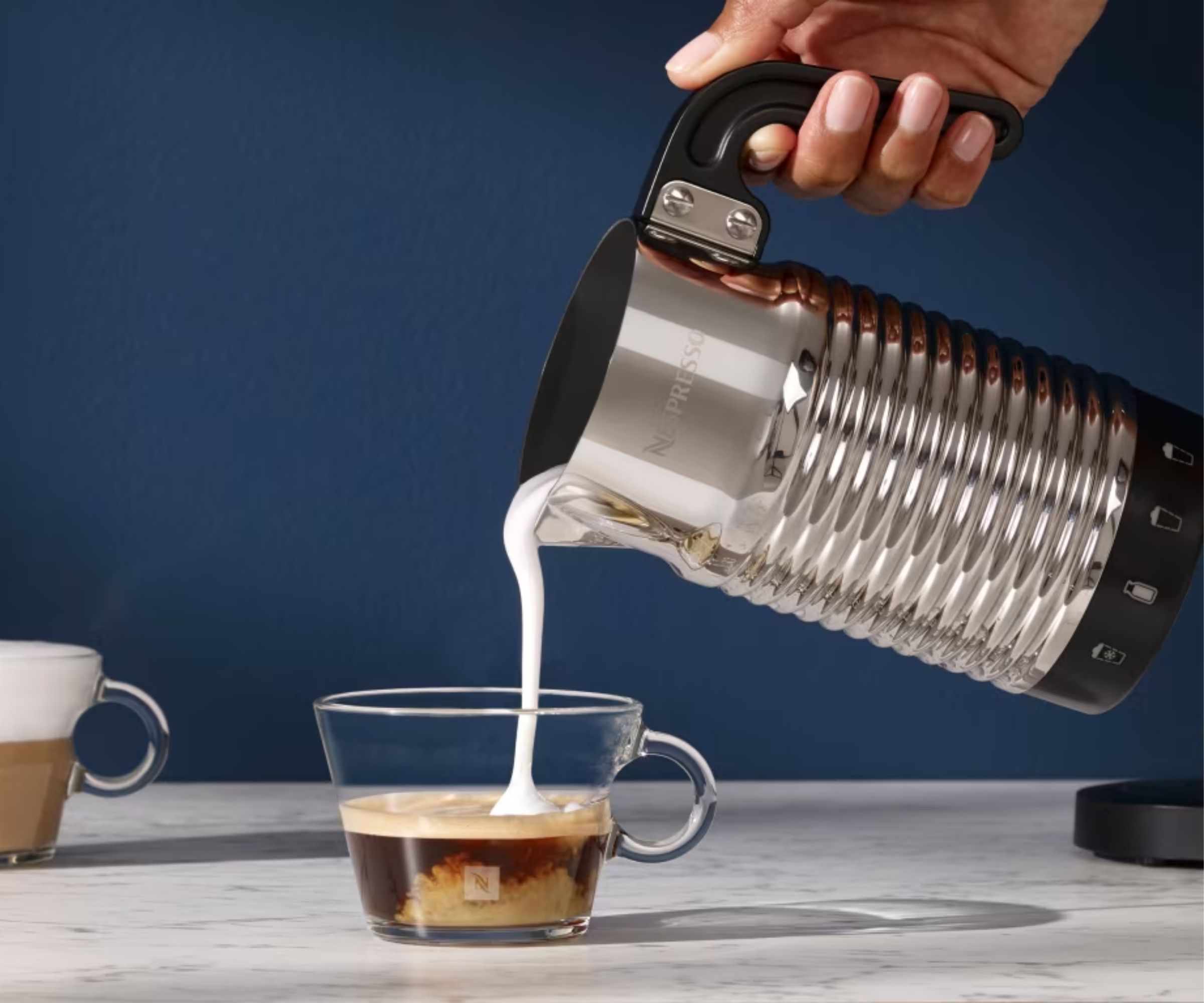
I'll get straight to it. Whilst steam wands and milk frothers essentially produce the same results, they are different in many ways. A milk frother will do exactly as the name suggests and froth milk. The process is quick, simple, and starts at the touch of a button. A good milk frother can create different amounts of froth at different temperatures (hot and cold) depending on the one you have.
The alternative to a milk frother is a steam wand, also called milk steamers. Kaya Stavridis, a former Starbucks barista, explains that these gadgets are 'often an integral part of espresso machines. Milk steamers use steam to heat the milk while simultaneously incorporating air, resulting in a velvety, textured foam that's ideal for lattes and flat whites. The steam not only froths the milk but also increases its temperature, creating a sweet and creamy addition to your coffee.'
Steam wands require more skill, so if you're a beginner, you'll probably have some inconsistent results. A milk frother delivers the same results every time, which is great if you're not confident, but can be limiting when you want to brandish some barista skills. For example, if you've ever ooh-ed and ahh-ed over latte art, you've been admiring the work of a steam wand. The precision of these gadgets mean that you can make 'microfoam'. This means that your bubbles are really tiny, making the milk feel and look smoother (a bit like glossy paint). It lifts and balances the texture of an espresso well enough to wiggle it through your coffee colors making leaves, flowers, love hearts, and more.
What's the difference between frothed and steamed milk?

Both machines can heat milk and texture hot milk too. If you've invested in one of the best milk frothers, the texture and taste differences should be almost indistinguishable. Jee Chloe, an SCA-certified coffee expert, says 'you really need a steam wand if you want to make that luxuriously thick, silky smooth microfoam crucial for latte art and authentic craft coffee skills — it's the hallmark of an expert cup of coffee. Mastering a steamer takes some practice before it's perfect though.'
Most steam wands are manual, so you have complete control over the temperature and texture of your milk. Milk frothers have presets that you can select, so they run until they reach a time or temperature target. If you drink a lot of plant-based milks, a steam wand can be much more sensitive, gentle, and reactive towards these temperamental milks.
A milk frother is a lot easier to use because it's just whisks, electric coils, and buttons. Even if you have no experience with texturing milk, you'll be able to achieve consistently good results. Plus, milk frothers can make cold foam. The heating element of a steam wand means that cold foam is off the table.
Which is better?
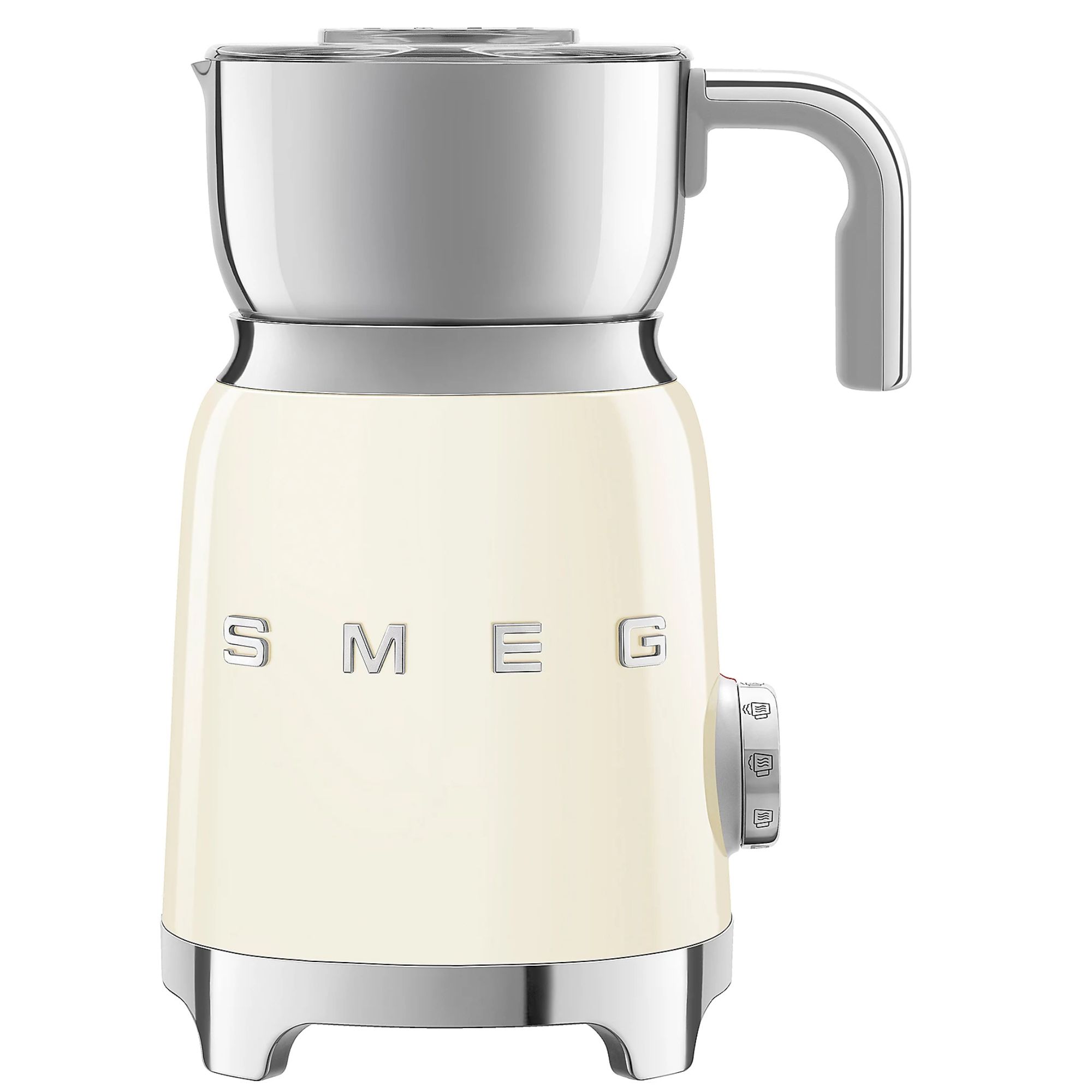
If you're new to the coffee scene and not confident, you might want to start with a milk frother. These convenient options offer simplicity, ease, and versatility. They're perfect for incorporating into your morning rituals. The lack of manual controls can make these a little limiting if you want to experiment with alternative milks and different temperatures, but they're great for beginners.
For
- Easy to use (presets)
- Quick and low-maintenance
- Cleaning is effortless
- Makes cold foam
Against
- Can burn plant-based milks
- Less effective on low-fat milk
- Takes up countertop space
- Can't make ultra-smooth microfoam
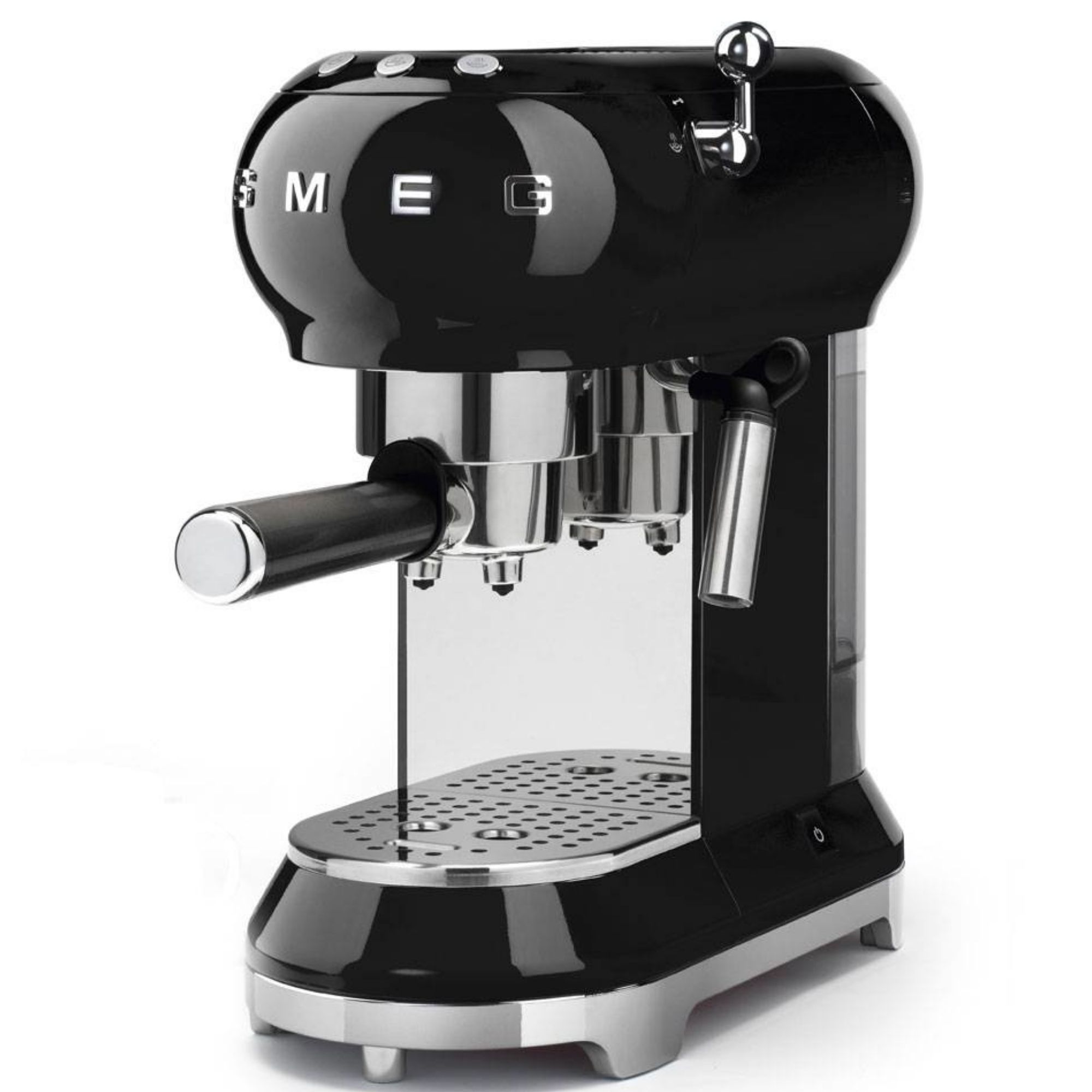
If you fancy your hand and you already have an espresso machine at home, you've got nothing to lose with a steam wand. These offer you much more control over your milk, plus you can make microfoam (and latte art). These rarely come on their own though, so you'll need to invest in a whole espresso machine, which is expensive.
For
- Lots of control over temperature and texture
- Sensitive to plant-based milks
- Velvety texture
Against
- Tricky to clean
- Less consistent
- Have to learn how to use them
- Expensive (only on espresso machines)
Milk steamers and milk frothers are better for different reasons. Frothed milk is often light and airy. Johny Morrisson, a former barista and coffee blogger, says 'milk frothers are great for creating cold foam if you want an iced drink, plus they're simple and beginner-friendly. All you have to do is push a button. The foam created by milk frothers can be less stable and smooth because it will have a mix of bubble sizes.' These are a great place to start if you don't want to spend a lot of money and time on learning how to texture milk.
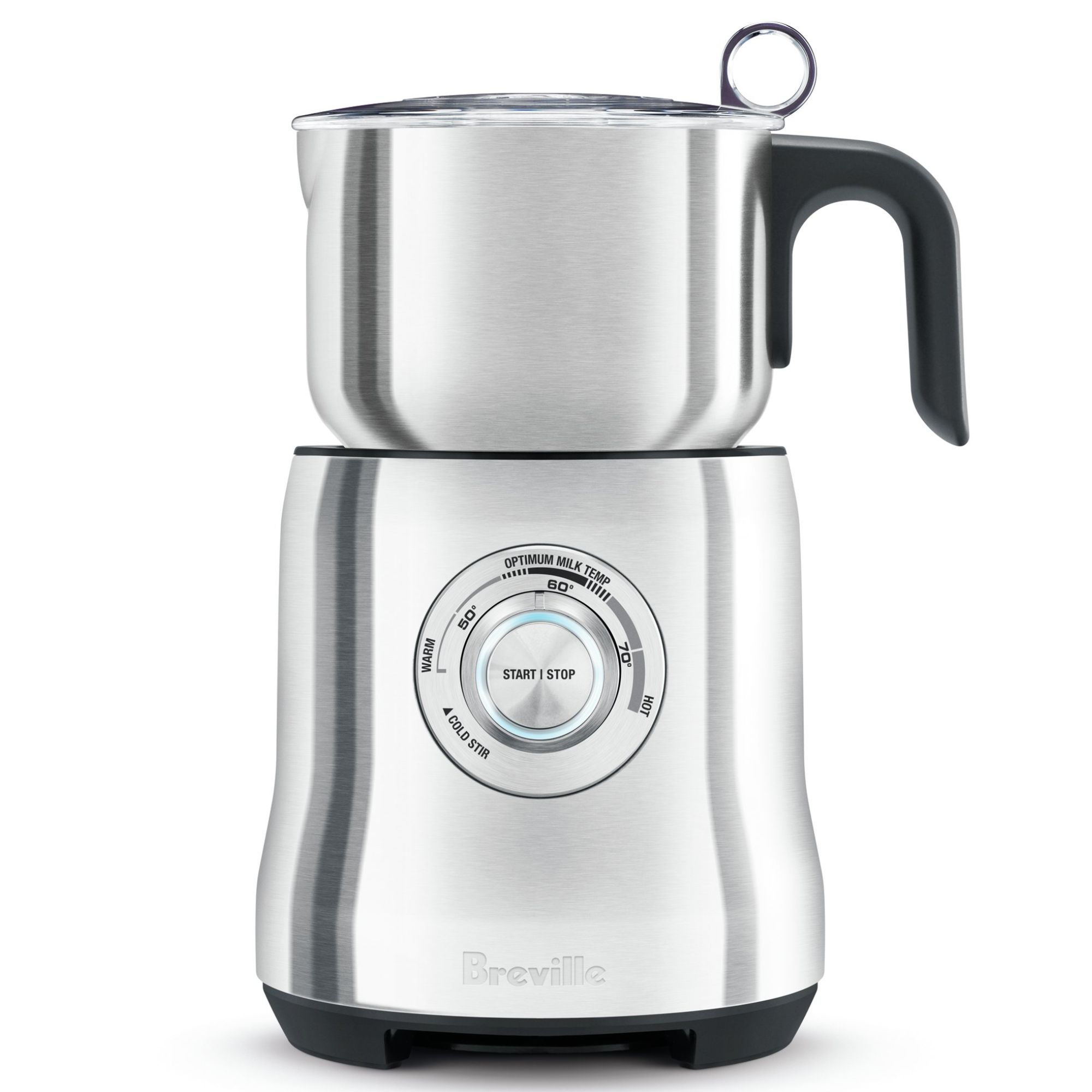
I love this iconic milk frother. It's sensitive, comes with a range of temperature presets (120-160 degrees), and has a whopping 25 oz capacity. The only thing it can't do is make cold foam.

Kayla Stavridis, former barista, recommends this as 'an excellent option that offers hot and cold froth. It has multiple settings and does a fantastic job with minimal effort.' I agree (and have an Aeroccino review to prove it).

Even though I like to steam my milk, if I'm feeling lazy, the illy is what I reach for. It's a petite powerhouse that treats plant-based milk with the same expertize as it does dairy milk.
Steamed milk tends to be denser with a more velvety mouthfeel, but it takes a lot of training and work to reach that point. You'll also be less consistent, because the milk texturing is totally dependent on how you angle, position, and time your milk texturing. If I'm making a hot drink, I'd always opt for steamed milk.
Johny Morrisson, former barista and coffee blogger, says that texturing milk with a steam wand 'is ideal if you want to try latte art. The microfoam blends seamlessly with espresso, resulting in a beautifully layered texture that cannot be achieved with frothers. They are more expensive though. You'll have to invest at least $500 in one.'
Since steam wands come attached to espresso machines, you don't get much of a say in which steam wand you use (they're all very similar). Baristas have a lot to say on the best espresso machines for your home, so I've put my three favorites below.
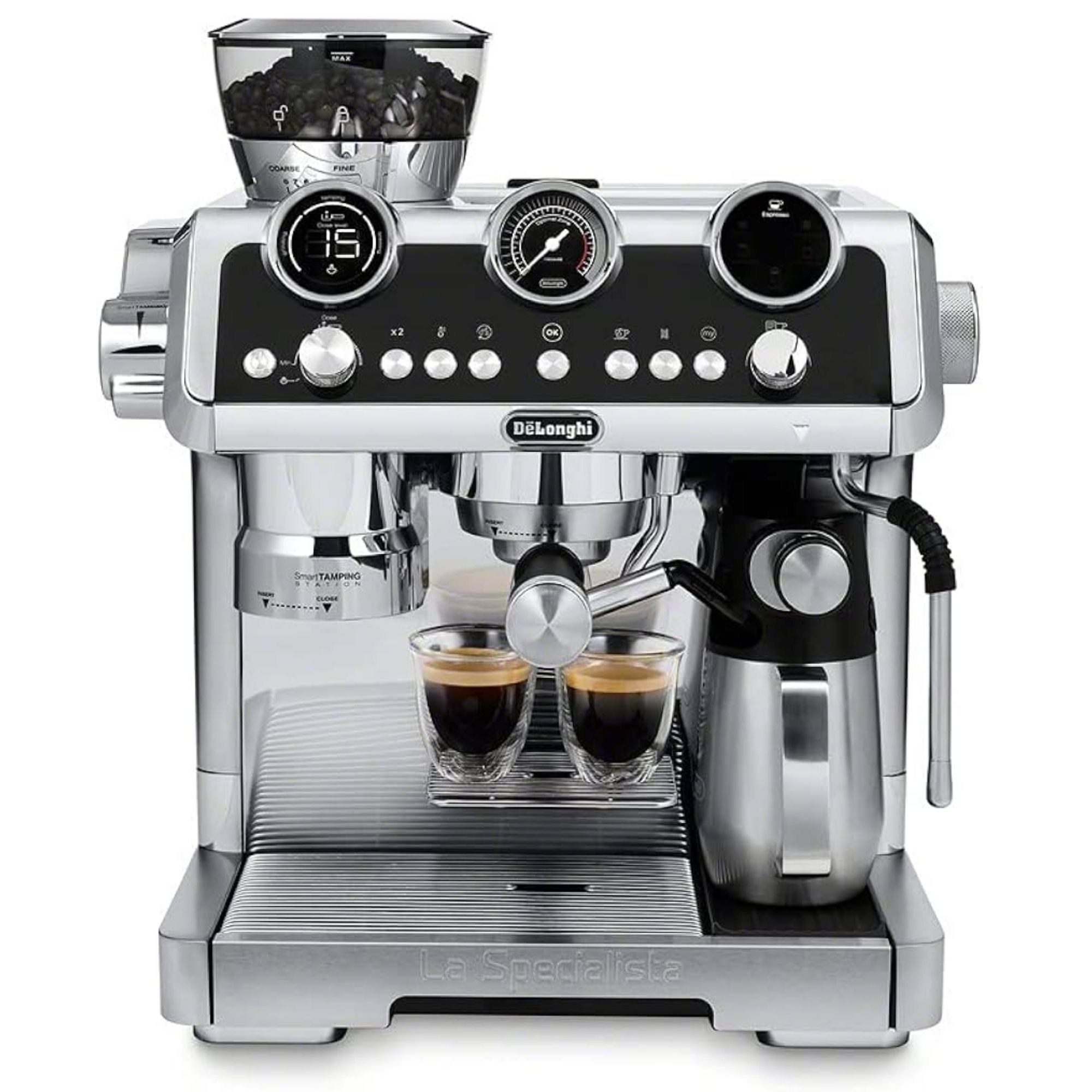
This is certainly a luxurious espresso machine (with the price tag to match it), but I love it. The stainless steel milk pitcher has an impressive 17 oz capacity and the steam wand has great rotation. It's an investment for those who are serious about their coffee.
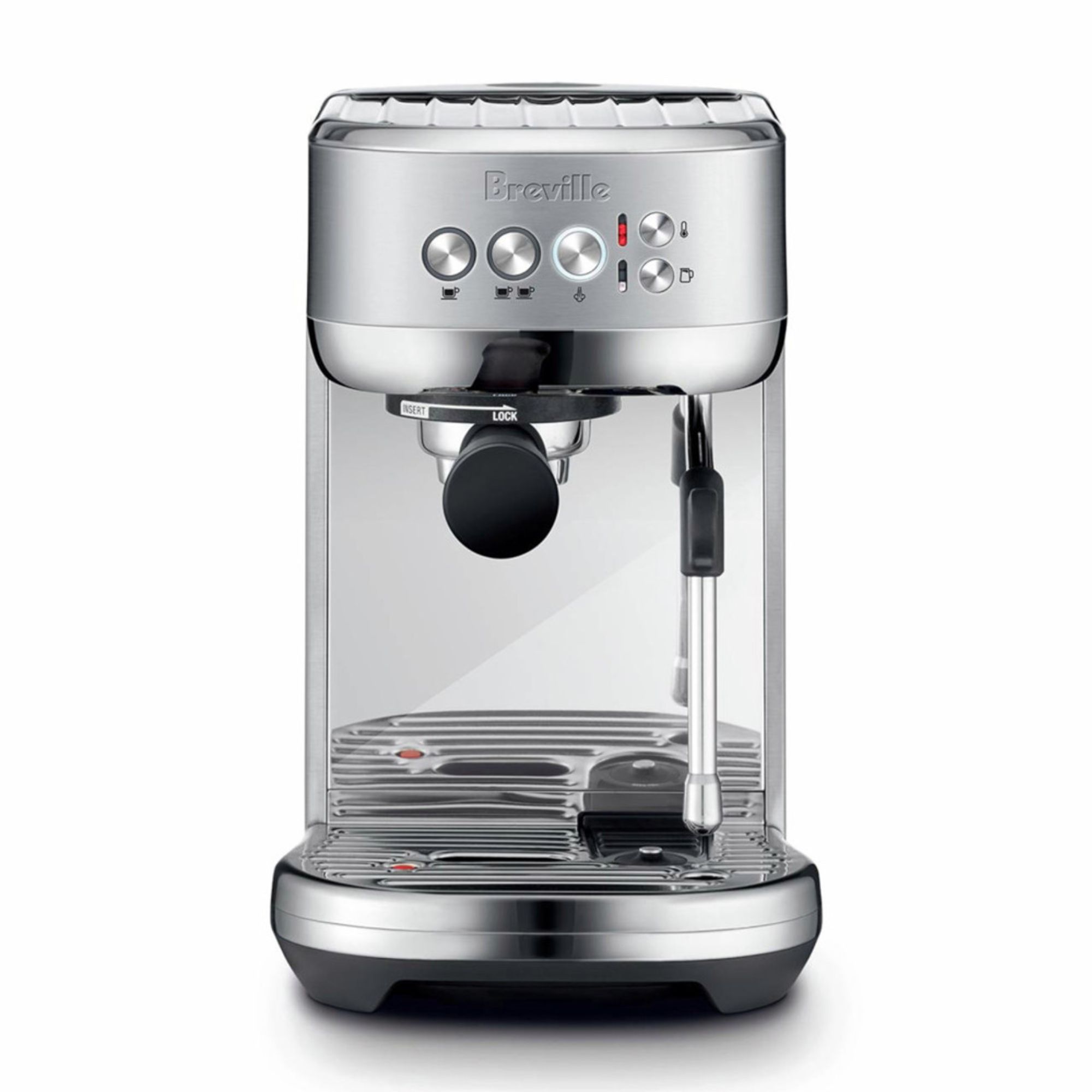
Kayla says that this machine boats 'an impressive steam wand for its size, allowing you to create café-quality microfoam at home.' There are even some pre-sets if you need help.
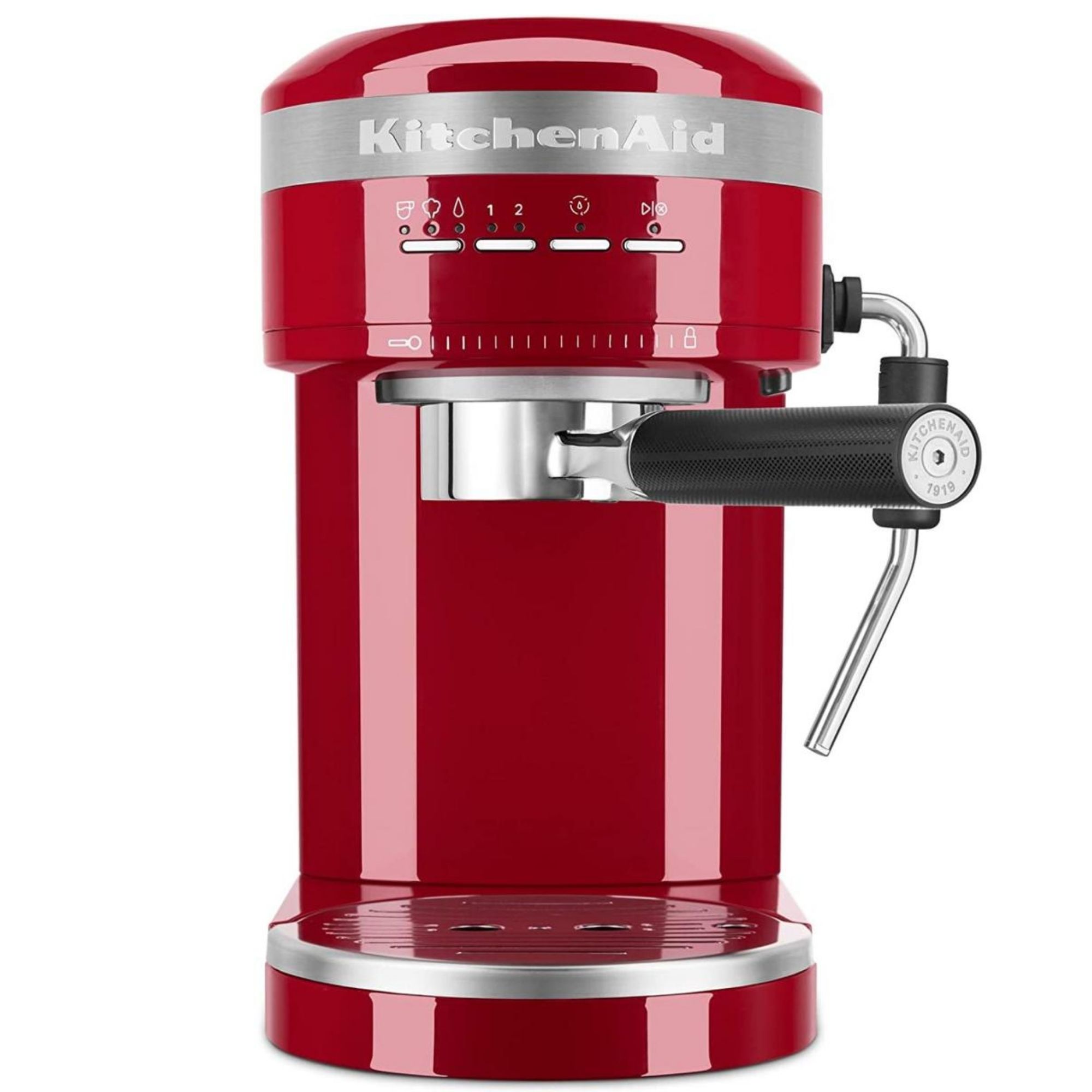
If you like the look of the Bambino Plus. but not the price tag, KitchenAid's machine is a brilliant alternative. The long steam wand is still easy to use and handle (and it makes great coffee), just for half of the price.
How to choose a milk steamer or frother
I've written a buying guide for the best milk frothers and have done a deep dive into buying advice in there. Essentially, you'll have to choose between manual, electric, and handheld models. I wouldn't look at anything other than electric, since texturing milk with a handheld milk frother can be pretty time-consuming.
Once you've chosen what type you want, you'll need to think about functions (how much versatility across temperatures and textures you want) as well as form, price, and usability.
When it comes to milk steamers, you can choose between stovetop milk steamers and ones integrated into espresso machines. I like to use espresso machines because it makes the whole coffee process seamless and smooth if everything is in the same place. Stovetop milk steamers don't offer you the same chance to adjust the way that you texture your milk and how frothy it gets. Plus, I'm a former barista, so I like what I know.
Steam wands come with an espresso machine, so that means that you won't get much choice around other features of your steam wand, such as how much rotation it has, whether you get presets, and how long it is. You'll be buying an espresso machine and the steam wand is more of a side note. Don't worry though, I've tested over sixty different coffee makers and I've never come across a steam wand that was impossible to use.
FAQs
Can a steam wand froth milk?
A steam wand can froth milk. All you need to do is tilt your stainless steel carafe so that the tip of your steam wand is slightly out of the milk and slightly submerged. This will introduce air into your milk and create thickness and froth, perfect for cappuccinos and lattes.
What's the best type of milk for frothing?
If you use dairy milk, I'd go for whole. If you like plant-based milks, choose a barista version of your favorite base. These milks produce a stronger, richer froth, which will hold its structure and last longer.
Sign up to the Homes & Gardens newsletter
Design expertise in your inbox – from inspiring decorating ideas and beautiful celebrity homes to practical gardening advice and shopping round-ups.

Laura is our eCommerce editor. As a fully qualified barista, she's our expert in all things coffee and has tested over thirty of the best coffee makers on the market. She has also interviewed Q-Graders and world-leading experts in the coffee industry, so has an intimate knowledge of all things coffee. Before joining Homes & Gardens, she studied English at Oxford University. Whilst studying, she trained as a master perfumer and worked in the luxury fragrance industry for five years. Her collection of home fragrance is extensive and she's met and interviewed five of the world's finest perfumers (also known as 'noses'). As a result of this expansive fragrance knowledge, she always puts quality and style over quantity and fads. Laura looks for products which have been designed simply and with thoughtful finishes.
-
 Do cleaning products expire? Professional cleaners warn time could make them ‘less effective, and in some cases, irritating to use’
Do cleaning products expire? Professional cleaners warn time could make them ‘less effective, and in some cases, irritating to use’For the best results, it pays to stay on top of the timeline of your cleaning products
By Chiana Dickson Published
-
 7 of the best tomatoes for growing in pots - expert growers pick their top varieties ideal for large harvests from containers
7 of the best tomatoes for growing in pots - expert growers pick their top varieties ideal for large harvests from containersYou can enjoy bumper homegrown harvests in small spaces
By Drew Swainston Published